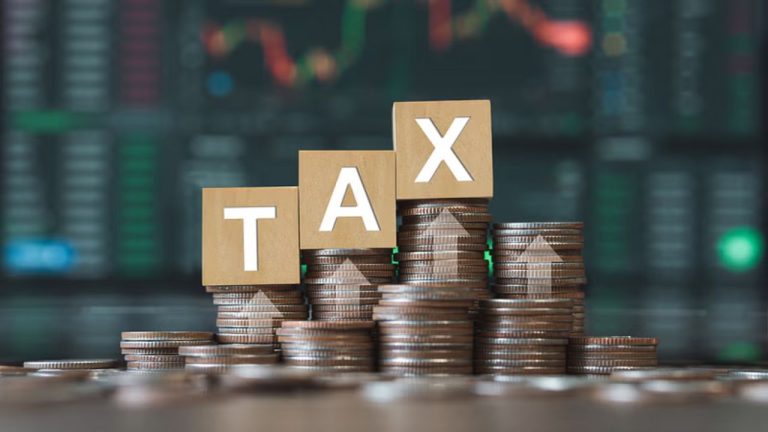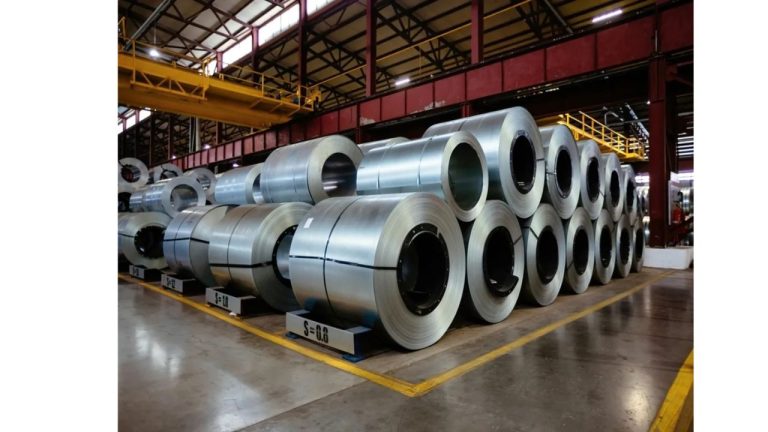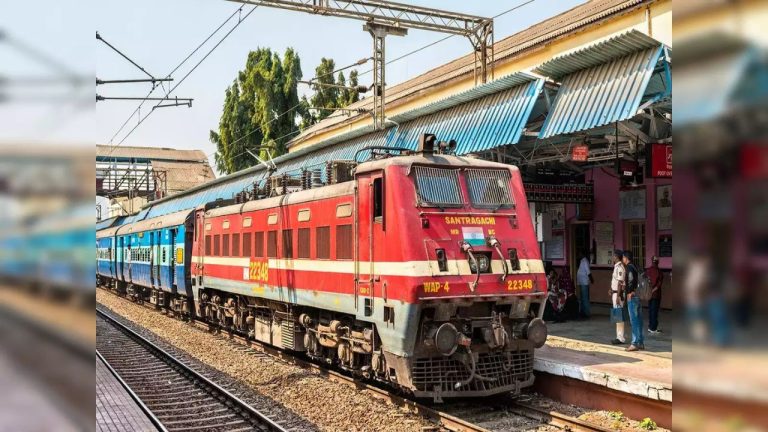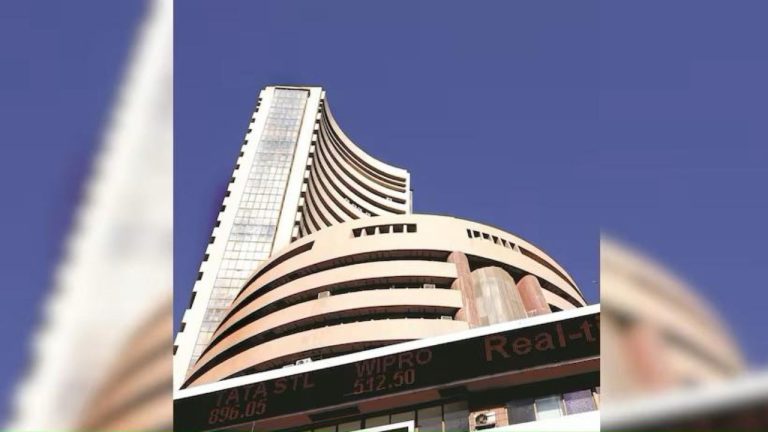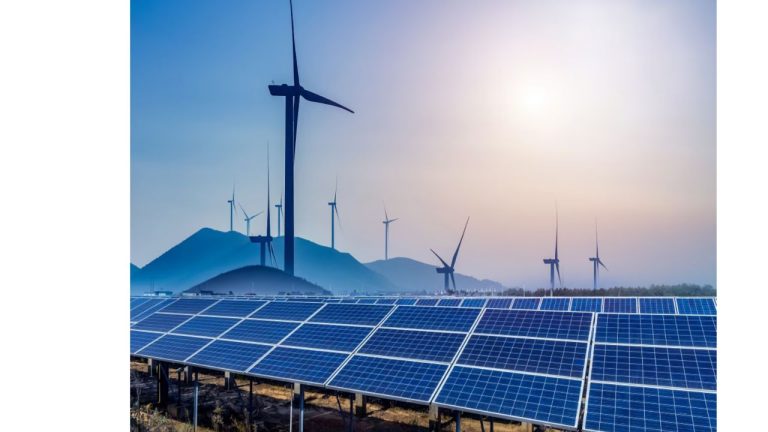The Share Price of Nestle India Drops when BofA Downgrades the FMCG Stock’s Rating
The firm has reduced its price objective from ₹2,315 to ₹2,140 per share and downgraded the company from a “neutral” rating to “underperform.”
The global brokerage company BofA Securities downgraded the stock and lowered the target price by 7.5% on Thursday, causing the share price of Nestle India to fall for the third day in a row. Nestle India’s stock was down 0.5% at 9:30 am, trading at ₹2,200.80 a share on the NSE.
The company lowered its price target from ₹2,315 per share and downgraded the stock from neutral to underperform. This change suggests that the price may have dropped 4.2% from the most recent level of ₹2,234.
BofA Securities noted in its report that a challenging operating environment is brought about by weak demand, growing expenses, and heightened competition, all of which are anticipated to affect Nestlé India immediately.
Despite high inflation in commodities like coffee and cocoa, which account for 30% of the company’s portfolio, price may remain a significant growth driver, according to the research. The brokerage predicts moderate overall growth but expects some volume recovery from a low base.
The firm must carefully manage growth and margin in the medium term due to the quickly shifting consumer environment and competitive dynamics; operating margin is limited and can go a little lower, the BofA Securities report stated.
Additionally, the brokerage pointed out that Nestlé India’s valuation seems excessive compared to its sector counterparts and development potential. Nestlé India’s profit projections have been reduced by 3% to 5% by BofA Securities to reflect current patterns and growing expenses.
Hindustan Unilever (HUL), another FMCG company, has also been demoted to “neutral” by the international brokerage firm. According to BofA, HUL’s growth and margin recovery pace is slower than expected, even if its indicators may have improved from their recent lows. It also underlined that overall consumption is still low and that urban India is slowing down while rural areas are recovering slowly.


